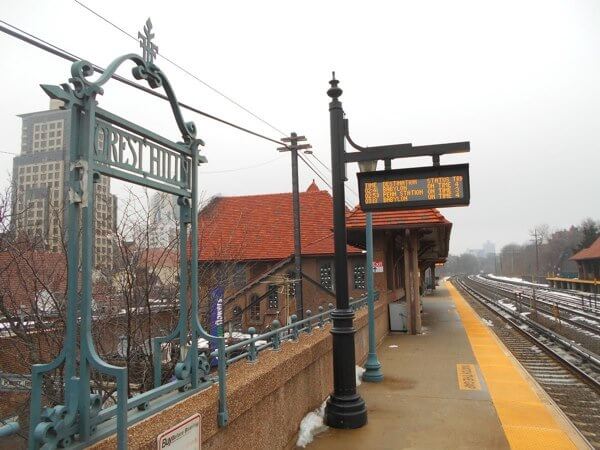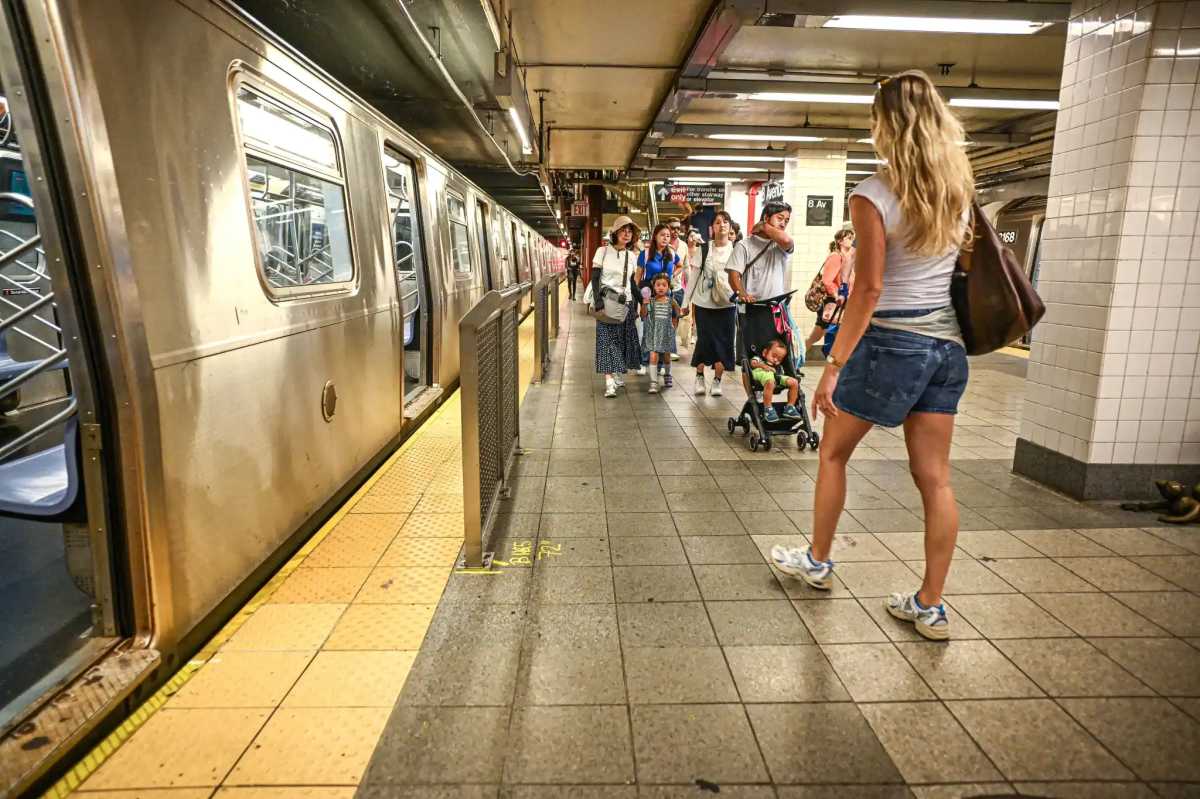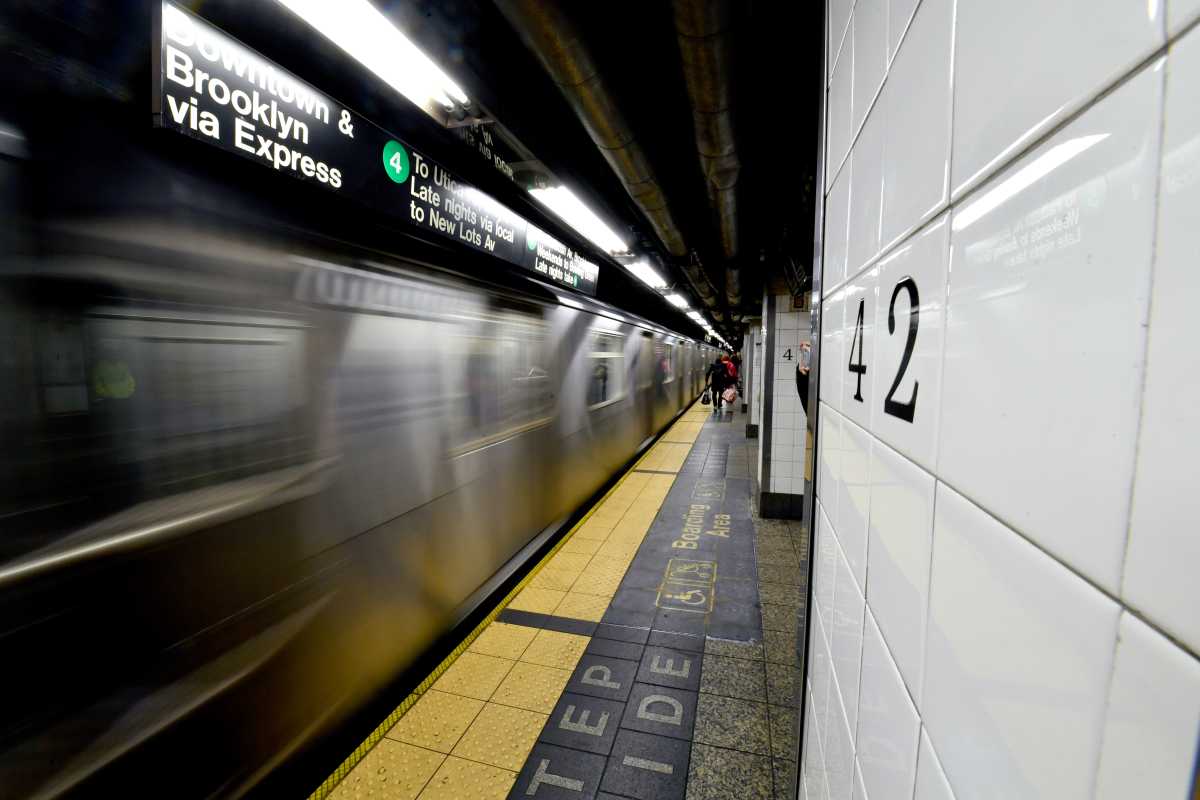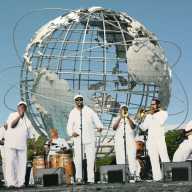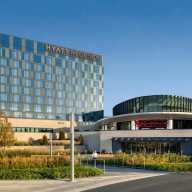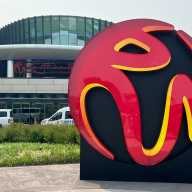By Mark Hallum
Work to expand Long Island Rail Road platforms in Kew Gardens and Forest Hills that began July 23 was completed in seven weeks to alleviate congestion on the commuter line through Queens and accommodate longer trains, the MTA announced last week.
Increased traffic to and from the Forest Hills station warranted the work, according to the MTA, because of concertgoers traveling to and from nearby Forest Hills Stadium. Upon the completion of the project, the railroad can haul more people on 12-car trains to eliminate the need for more service on the already congested main line.
LIRR President Phil Eng took over the agency branch in April after a string of bad service months under former head Patrick Nowakowski and the MTA has made a priority to normalize service in that time.
An April report by state Comptroller Thomas DiNapoli claimed that the Long Island Rail Road had its worst on-time performance in nearly two decades in 2017. With up to 9.2 million riders inconvenienced, the regional economy sustained about a $75 million loss in productivity throughout the year. The on-time performance of 91.4 percent has not been that low since 1999.
“At Kew Gardens and Forest Hills, we hope our trains will be less congested, faster, and more pleasant,” Eng said. “With more doors to board from, we anticipate more efficient train operations at both stations. We’re committed to improving conditions for all our customers, and this is a win not only for Queens, but for customers who ride from Nassau and Suffolk into Penn Station who we hope will experience fewer delays through this area.”
According to the MTA, Forest Hills and Kew Gardens are the 51st and 56th busiest stations of the 124 serviced by the LIRR with an average weekday ridership of 1,967 for the former and 1,778 for the latter.
“I hope that this project demonstrates the new sense of urgency that the LIRR is bringing to bear on projects that can improve our customers’ commutes,” Eng said. “This change will have real benefits for our riders, and we accomplished it in less than two months by identifying a pinch-point where we incur delays and quickly marshaling our dedicated and capable workforce to make a fix. I want to thank the hard-working LIRR employees who made this project happen, and, throughout the railroad, all of our men and women who are bringing renewed energy to tackling the myriad projects that we need to tackle to improve service.”
The main line of the LIRR is the busiest corridor and is currently undergoing an expansion to bring more reliable service to commuters.
The $2 billion Main Line Expansion Project implemented by Gov. Andrew Cuomo throughout 2016 and 2017 will add a third track to the 9.8-mile stretch of the main line between Floral Park and Hicksville, and eliminate all seven street-level crossings within the construction zone.
Reach reporter Mark Hallum by e-mail at mhall

